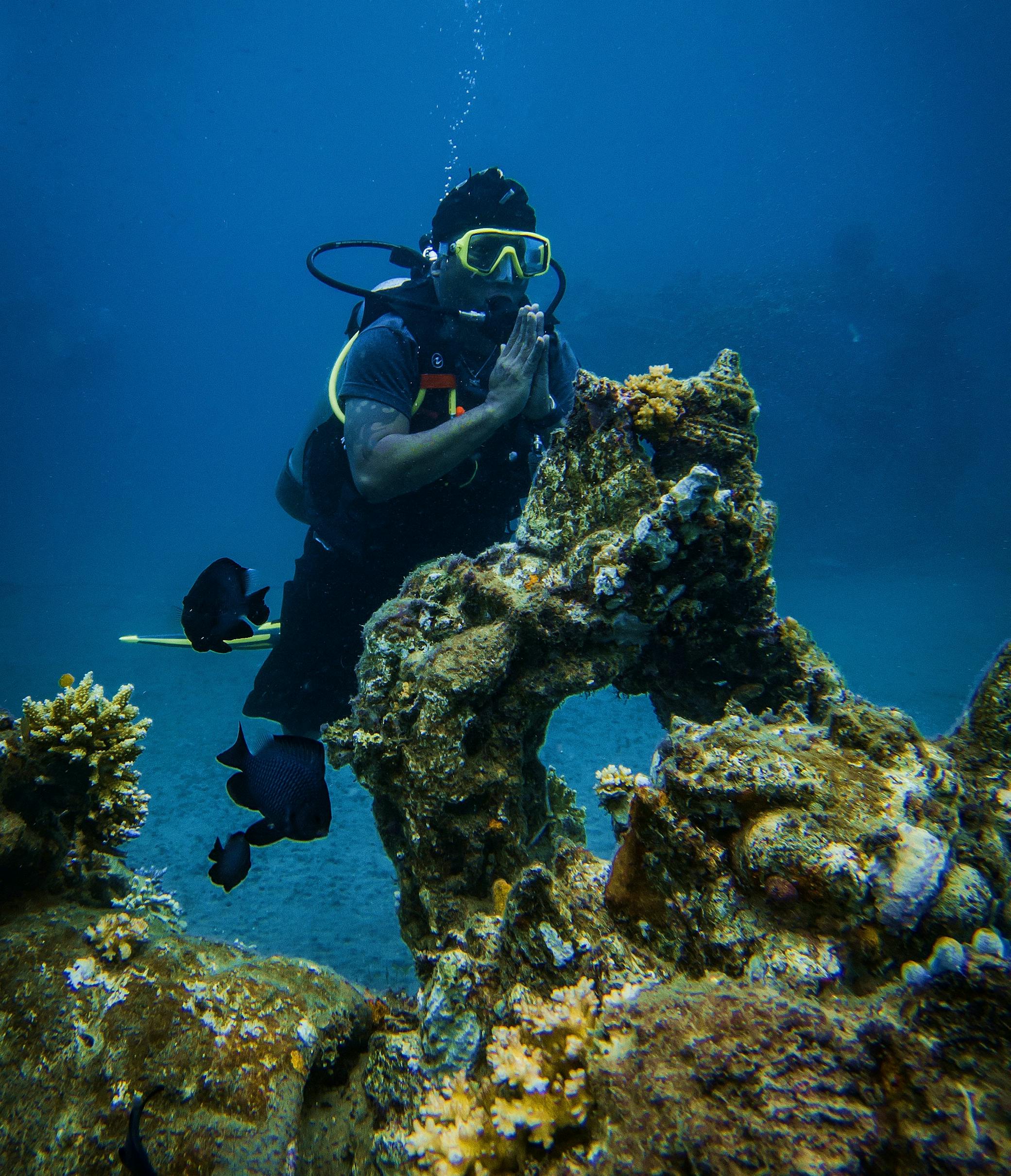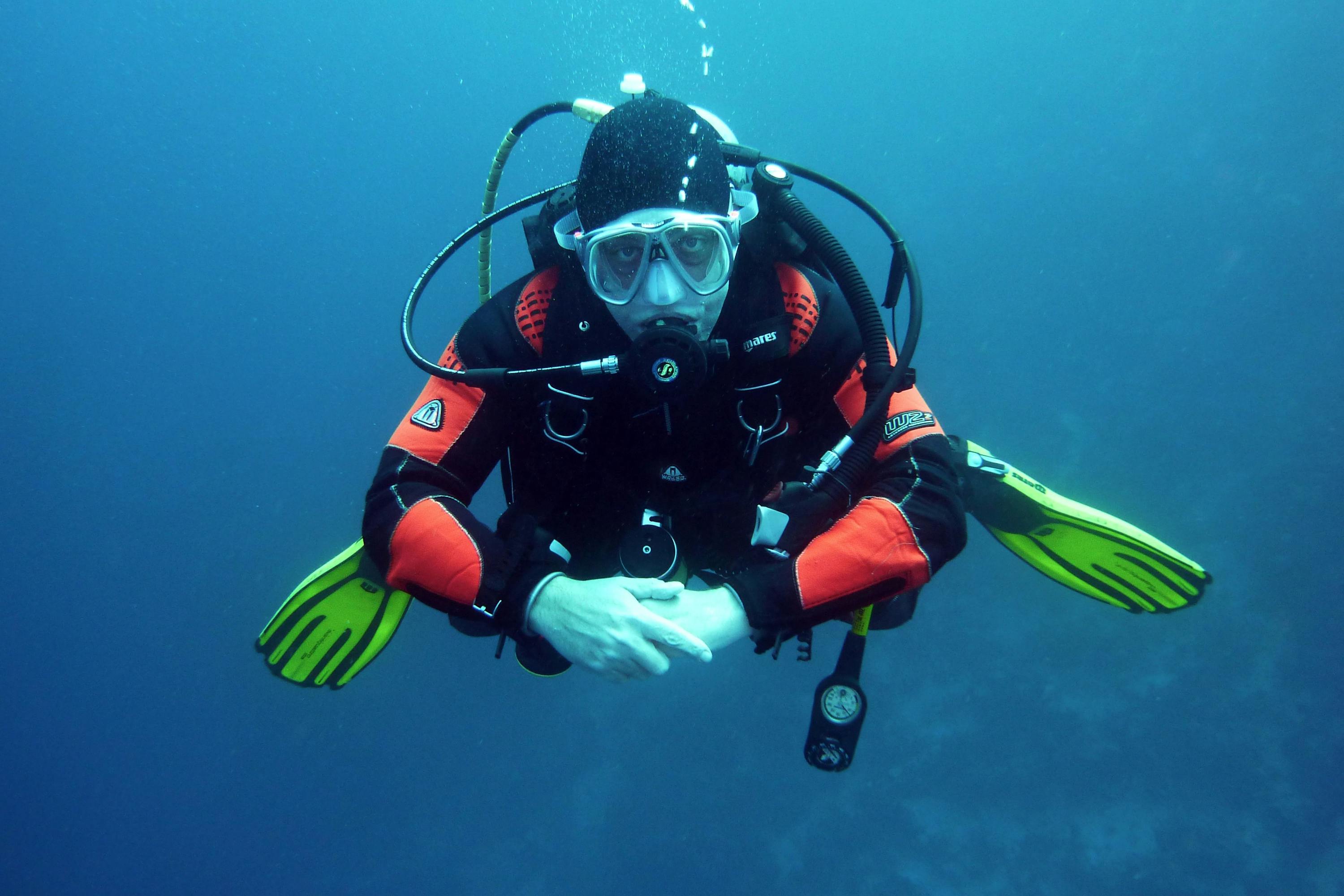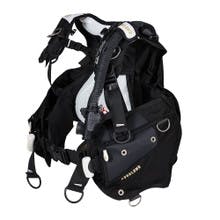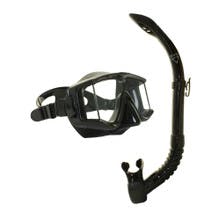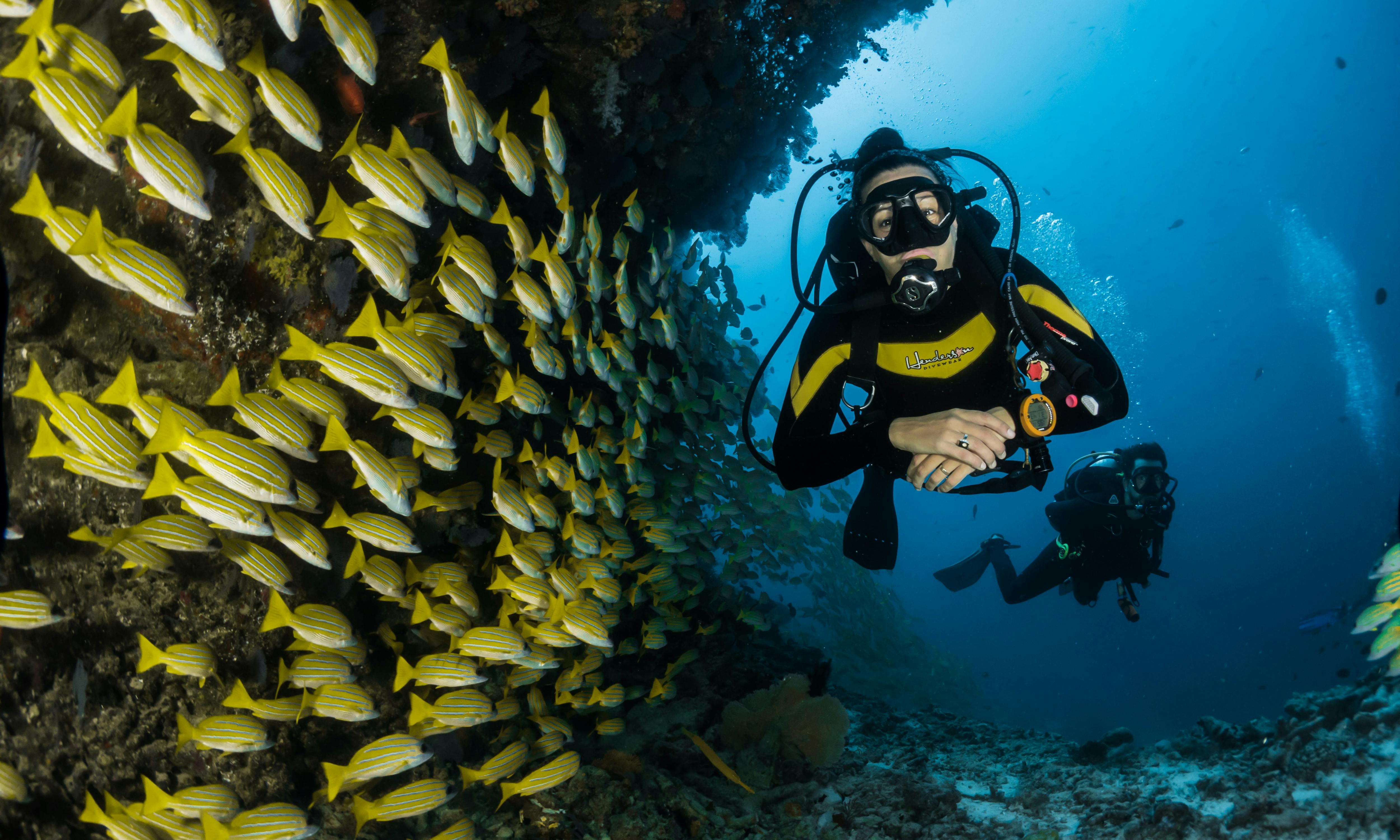What does buoyancy mean?
Buoyancy is the ability or tendency to float in liquid or air.
How buoyant are humans?
On average, the human body is just barely lighter than water and therefore positively buoyant.
What are the three types of buoyancy?
Positive buoyancy, negative buoyancy, and neutral buoyancy are the three different types of buoyancy.
How to perform a buoyancy test?
With all your gear and regulator in, once you deflate your BCD, if you are properly weighted, the water level should reach eye level.
What depth do you hit negative buoyancy?
Most humans hit negative buoyancy around 30 feet down.


